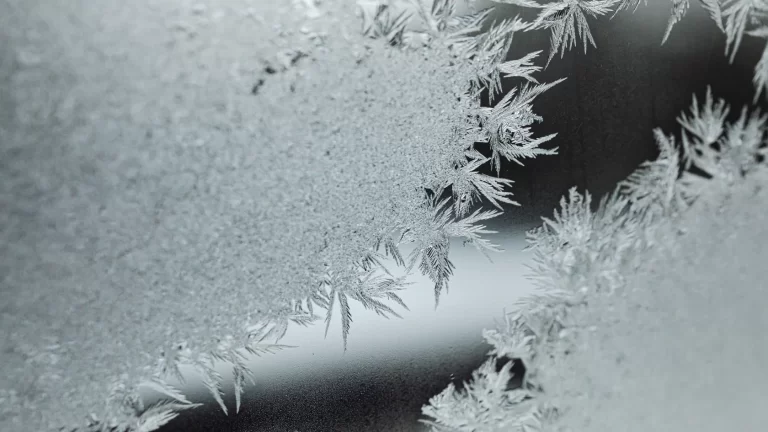
What to Do if You Have Frozen Pipes: A Homeowner’s Guide to Winter Safety
On a chilly Toronto morning, you get up and go to the kitchen to fill the kettle and turn the
A reliable sump pump system is the first line of defence for your home against groundwater intrusion and heavy storms. At Absolute Draining & Plumbing, we provide expert installation and replacement services to ensure your basement remains a safe, dry, and usable space year-round.
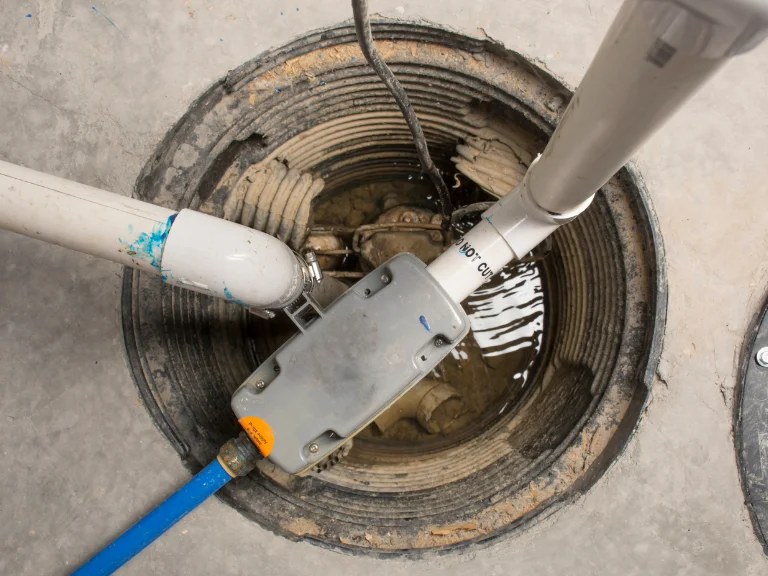
Because of the local water table and regular severe rains, many homes in the Greater Toronto Area are constantly concerned about basement flooding. By gathering extra water that collects around your foundation and properly draining it away, a sump pump is made to reduce this risk. Without a functioning system, water can seep through cracks in your foundation or rise through the floor, leading to catastrophic water damage, mould growth, and structural issues. Investing in a professional sump pump installation ensures that the system is sized correctly for your home's specific needs and soil conditions.
The science of proper drainage is intricate and requires more than just turning on a machine. Installing a sump pump is an essential part of the plumbing system and basement waterproofing plan for your house. In order to stop water from returning to the basin, a professional plumber knows how to properly position the sump pit, make sure the discharge line is free of obstacles, and confirm that the check valve is operating. Knowing that your primary pump is prepared to handle large water volumes during a midnight thunderstorm is made possible by this technical precision.
To guarantee that your property is safeguarded with the best tools and craftsmanship, we support an open, methodical approach.

Describe your water problems by calling our team or using our online form. We will go over the particular requirements of your crawl space or basement and give you a basic rundown of the installation procedure.

We will organize a consultation at a time that is most convenient for you because we respect your schedule. Our experts show up on time to evaluate the risks associated with your high water table and offer a transparent, fixed-rate proposal for the installation of a new pump.

Once the sump pump is installed, we test the float switch and discharge flow to ensure everything is perfect. You can relax knowing your home is guarded against standing water and rising water levels.
Our staff is available to assist you if you are concerned about pump issues or require a replacement sump pump prior to the next major thaw. For all of your plumbing and drainage needs throughout the GTA, we provide round-the-clock assistance.
We have been providing Toronto customers with dependable basement waterproofing for more than 20 years. Our reputation is based on our technical expertise, honesty, and commitment to protecting your home against water pressure and flooding.
With over two decades in the industry, we have handled every imaginable type of sump pump challenge. We know the local soil conditions in Ontario and understand exactly how much water drainage a standard Toronto home requires.
We believe in transparency, which is why we offer flat-rate pricing. You will know the cost of sump pump installation upfront, with no hidden fees or “hourly” surprises, regardless of the complexity of the installation.
We stand behind our work with an industry-leading 25-year warranty on drain-related repairs. When we install a new system in your home, we use high-quality materials like the Zoeller pump to ensure longevity.
Are you unsure whether you require a pedestal sump or a submersible sump pump? To assess your sump basin and suggest the ideal pump type for your particular foundation, we provide free consultations.
Our goal is to make high-quality sump pump installation services accessible and affordable for every homeowner.
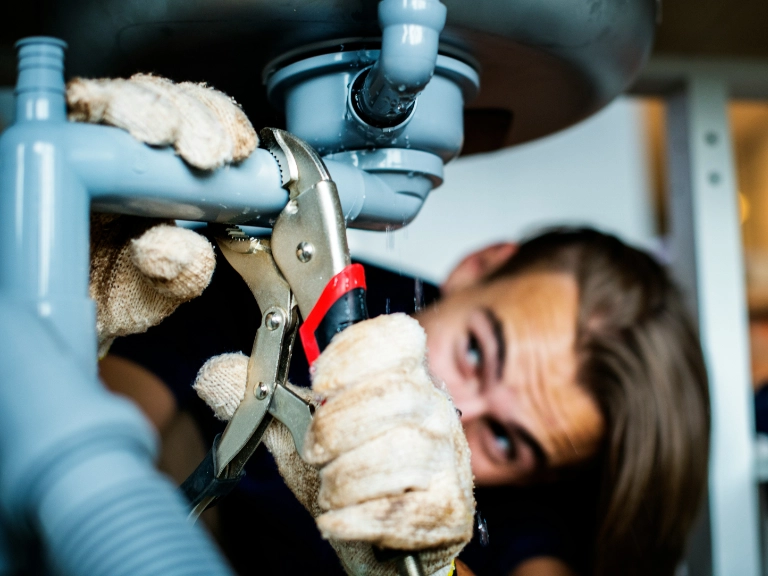
We are committed to providing the best value in the city. If you receive a lower written quote from another licensed plumber for the same new sump pump job, we will beat it by 10%.
We charge by the task, not the clock. This means our experts take the time to connect the pump and secure the sump pump system properly without you having to worry about an inflated bill.
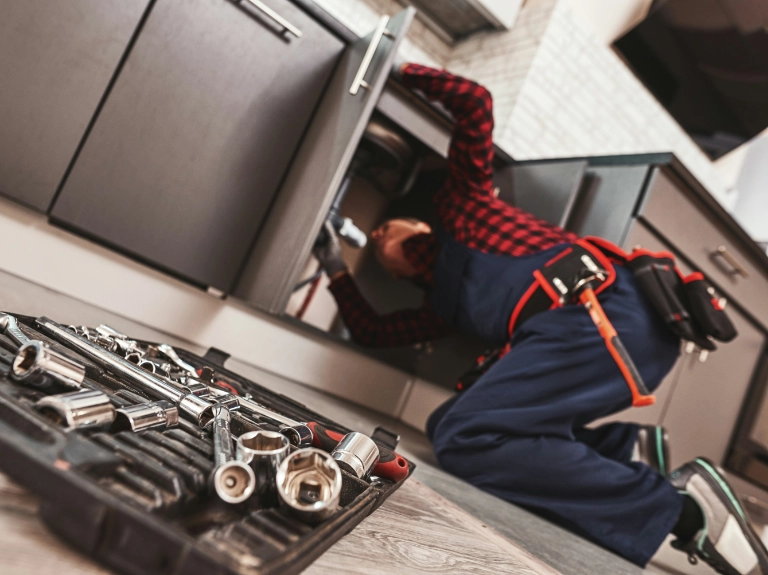
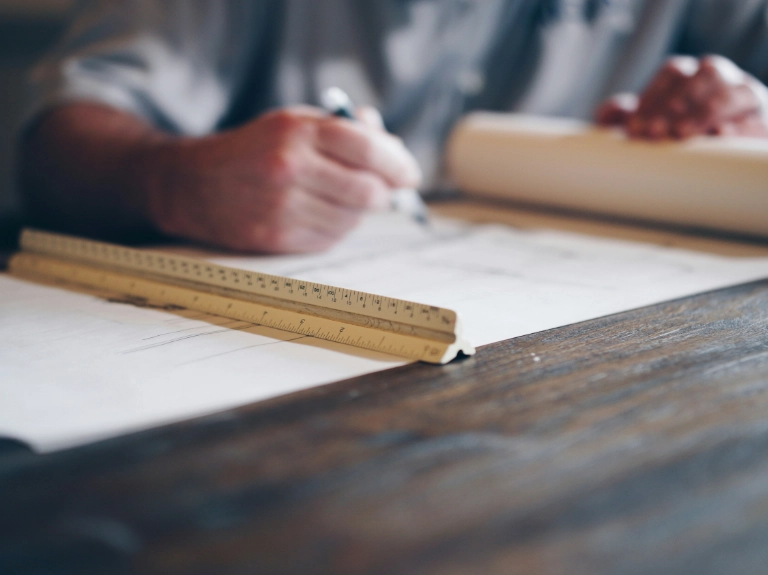
The City of Toronto frequently provides financial assistance for flood and waterproofing basements. In order to guarantee that you receive the most plumbing rebate possible for your sump pump installation, we assist you in navigating the paperwork.
Seniors are eligible for a 10% discount on all sump pump repairs, maintenance, and new installations. This is how we support our community.

From the downtown area to the nearby suburbs, we provide sump pump installation and replacement services. Our certified plumbers are on duty and prepared to take your call!
Our gallery features a variety of projects, from simple replacement sump pump swaps to complex new sump pump installations involving concrete cutting and sump basin excavation. Every photo showcases our clean job sites and professional discharge line routing designed to move water away from the foundation.
We are the most highly regarded team in the area for sump pump installation services because of our dedication to quality.
While we are experts in sump pumps, we offer a full suite of services to keep your home’s plumbing system in top shape.

Our 24-hour emergency plumbing staff is available to help when you need it most. Our emergency plumbers arrive quickly to handle major leaks, burst pipes, and other urgent issues—trust our emergency team to prevent costly water damage to your home.
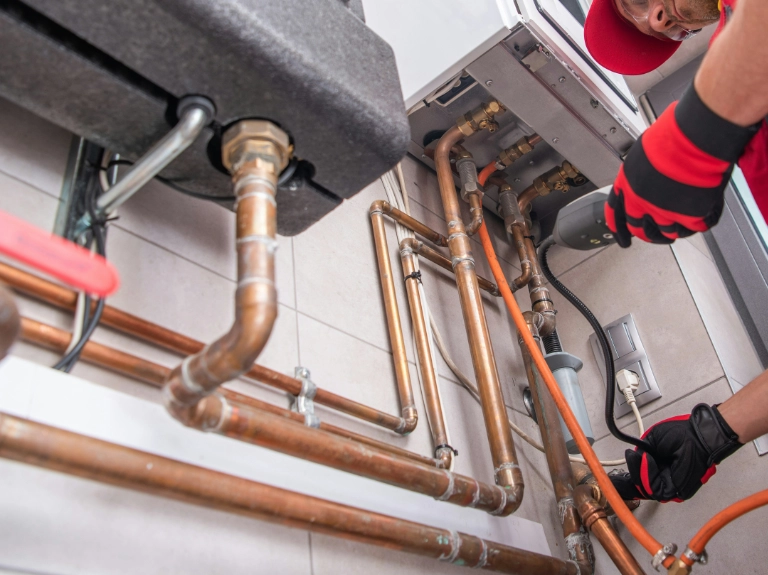
Our skilled plumbers serve commercial properties, including offices, restaurants, and retail spaces. Business owners trust us for everything from plumbing installation to emergency repairs, with dependable service that keeps their operations running smoothly.

Say goodbye to clogged drains and recurring blockages. Our qualified plumbers use high-pressure hydro-jetting and advanced camera inspections for effective drain cleaning—perfect for any type of plumbing system in both residential and commercial properties.
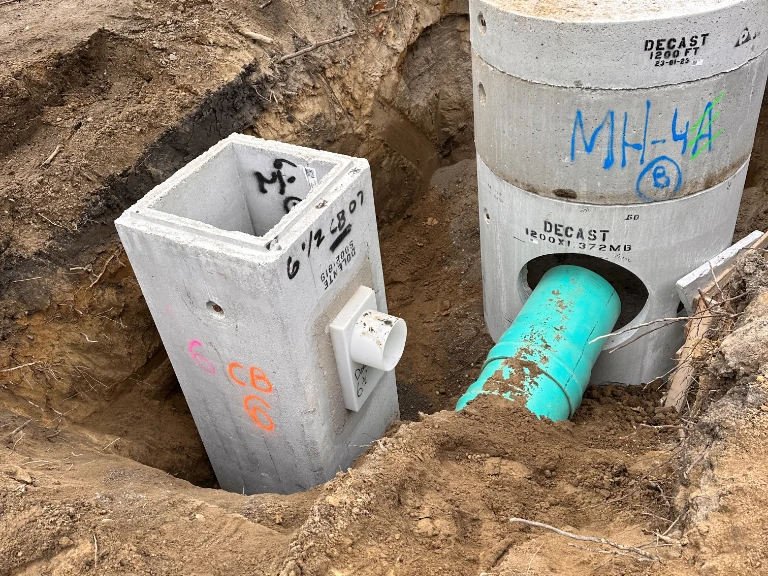
Our specialty is time-saving, mess-free, no-dig drain repair technology. Our professional plumbers provide long-lasting results whether you’re dealing with a collapsed drain or a fractured pipe. For your peace of mind, repairs are covered by a 25-year warranty.
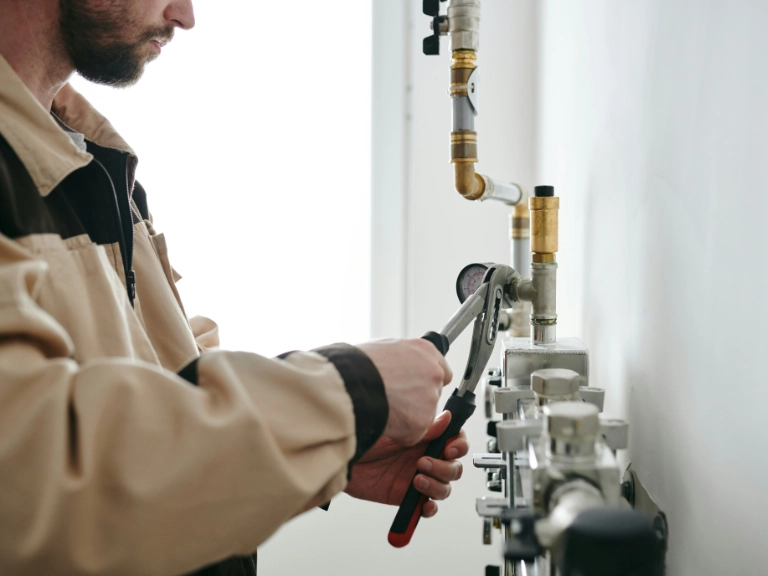
Protect your basement from sewage backups with a professionally installed backwater valve. Our plumber team handles everything, including obtaining necessary permits and rebate support. It’s one of the smartest upgrades for your home’s plumbing system.

If your home or business suffered from a plumbing leak or flood, we can help. Our plumbing team provides complete water damage restoration, from cleanup to repairs. We act fast to prevent further damage and mould growth.
Our blog is a resource for homeowners looking to maintain their sump pump and understand the signs of potential pump problems.

On a chilly Toronto morning, you get up and go to the kitchen to fill the kettle and turn the
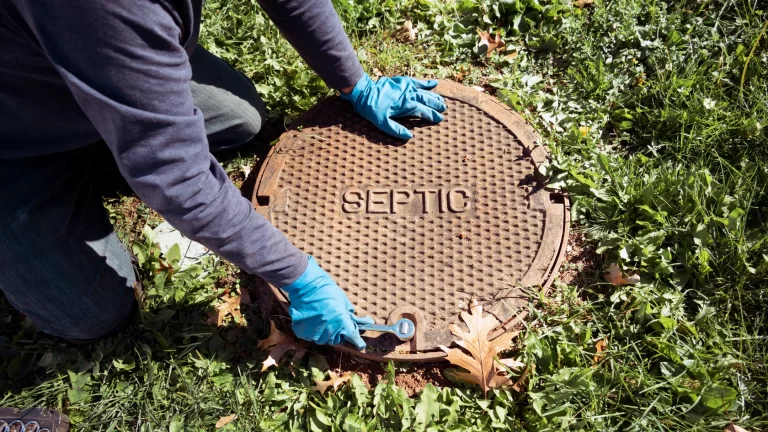
If you’ve recently moved to a rural property or a home outside the reach of Toronto’s municipal sewer lines, you
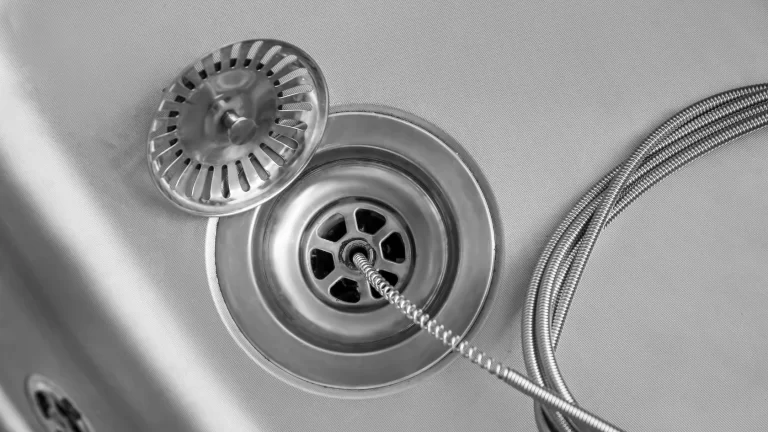
The water in your kitchen sink is rising, and your reliable plunger isn’t working as it once did. Some obstacles

Imagine discovering your socks drenched in several inches of raw sewage as you go down to your basement to get
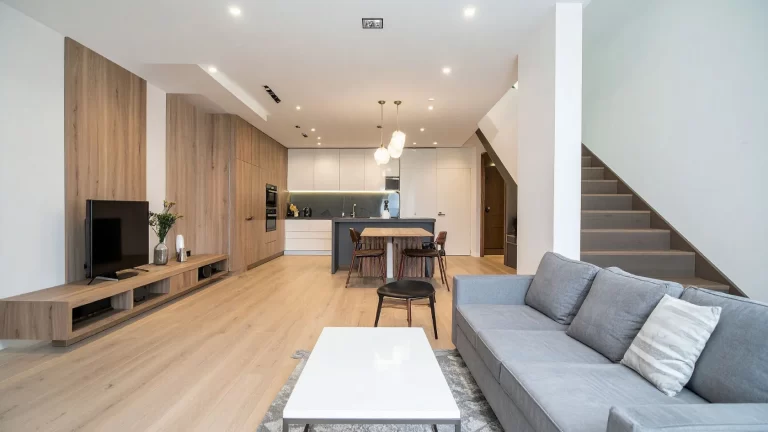
You wake up on a Saturday morning to find a damp yellow stain spreading across your ceiling, or worse, you

If your basement smells like sewage, your drains are continually backing up, or water is collecting where it shouldn’t, the
The answers to frequently asked questions regarding sump pump installation are provided below to assist homeowners in making wise choices.
The sump pump installation cost depends on the project scope. This cost, based on labour and materials, will vary if we need to excavate a new pump basin in your concrete floor.
The total price is often influenced by the type of pump you choose for your home. A high-capacity submersible pump may result in a somewhat higher initial expenditure because sump pumps are available in different power ratings.
We provide a flat-rate quote including the type of sump and all necessary plumbing connections. This ensures there are no surprises during the sump pump replacement process, giving you full financial clarity.
Most sump pumps are designed to last between 7 and 10 years, depending on how often they cycle. When the water levels rise frequently, the mechanical parts of a primary sump may experience faster wear and tear.
It is vital to check your basement sump pump regularly to ensure it activates the pump when the water hits the trigger point. If the pump turns on but no water is moving, it’s a sign that the internal components are failing.
If you notice the pump is unable to keep up with rainfall, or it makes unusual noises, it is time for a sump pump replacement. You risk costly water damage to your basement if you wait until the pump malfunctions during a storm.
A back up sump pump is your second line of defence during severe Toronto storms. Since heavy rain often triggers power outages, a battery-powered system ensures that the pump and sump continue working when the electricity is out.
This secondary system activates the pump automatically if the primary sump is overwhelmed or loses power. Knowing that water moves away from the foundation even in an emergency offers crucial peace of mind.
Many homeowners find that the sump pump installation cost for a backup is a small price to pay compared to flood repairs. Investing in a modern sump with a built-in sump pump alarm will alert you immediately if the backup system is running.
A submersible pump can operate entirely underwater since its motor is contained inside the pump basin. For basement waterproofing jobs in Toronto, this type of pump is typically chosen since it is more powerful and quieter.
Conversely, a pedestal sump pump has its motor positioned on a column above the water line. While this makes the motor easier to access for repairs, it is louder and can be more prone to tipping if the size of the sump pit isn’t perfectly stable.
When selecting a sump pump for your home, we usually recommend the submersible variety. They are more efficient at moving water away from your home and offer a cleaner look for finished basements.
Because a DIY sump installation requires accurate plumbing and structural concrete work, it might be dangerous. The water levels surrounding the foundation grow as a result of improper installation, which makes the pump operate inefficiently or fail too soon.
Our professional sump pump installation ensures that the pump and sump are perfectly integrated with your weeping tiles. We carefully manage the discharge routing to ensure water flows to a safe location away from your home.
In order to avoid clogs and make sure the sump pit is the right size, we carefully evaluate the soil conditions surrounding the sump. The only way to make sure the pump satisfies local construction requirements and keeps your basement dry for decades is to hire an expert.
To find out if your basement is safe, don't wait for the next significant downpour. For a free consultation and a fixed-rate estimate on sump pump installation, get in touch with Absolute Draining & Plumbing right now. In order to keep your house dry for many years to come, our knowledgeable staff will remove the outdated pump and install the sump pump of your choosing.